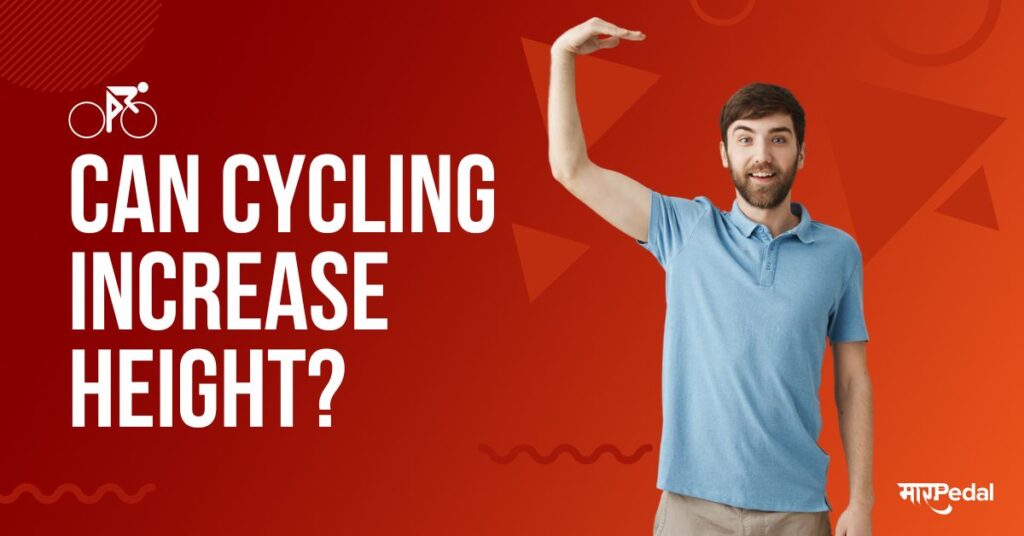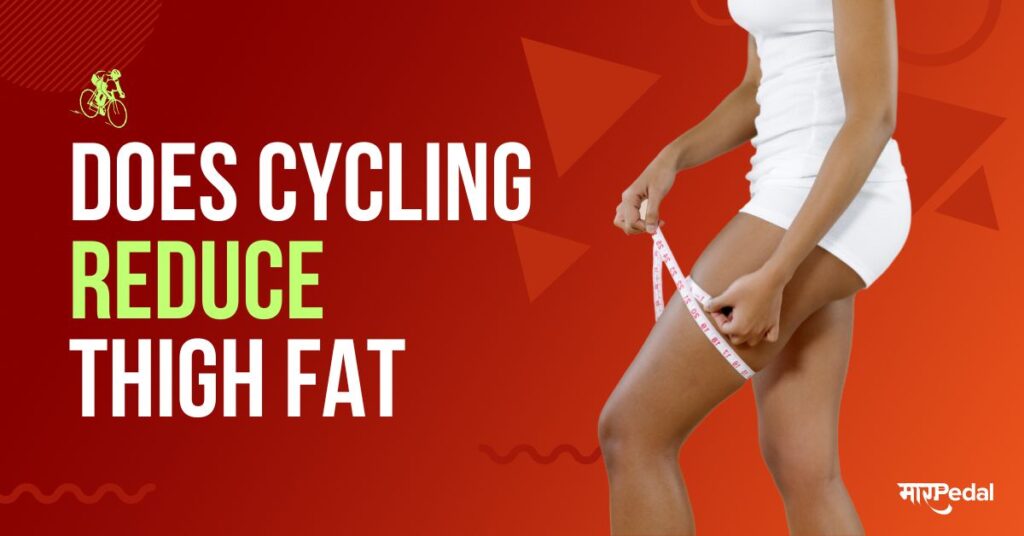
Bicycling is one of the most popular forms of exercise and transportation worldwide. Whether you’re an avid cyclist or just getting started, at some point you may wonder – how long does it take to bike 6 miles? The answer depends on several factors.
In this comprehensive guide, we will cover everything you need to know about biking 6 miles, including:
- The average time to bike 6 miles
- Factors that affect your speed and time
- Tips for biking 6 miles faster or more efficiently
- Common questions about biking 6 miles
By the end, you’ll have a detailed understanding of what to expect when cycling this distance and how to improve. Let’s get started!
Average Time to Bike 6 Miles
For most recreational cyclists, the average time to bike 6 miles is 30-50 minutes. However, times can range from as little as 20 minutes for very fit cyclists to over an hour for beginners or those riding leisurely.

The exact time depends on your:
- Fitness level – The more physically fit you are, the faster you’ll be able to bike 6 miles. Experienced cyclists can finish 6 miles in under 30 minutes.
- Bike type – Road bikes are faster than mountain bikes or hybrid bikes. E-bikes with electric assist can also increase speed.
- Terrain – Flat roads allow faster speeds than steep hills. Headwinds and rough surfaces also slow you down.
- Intensity – Biking at high intensity will get you there faster than an easy, casual pace. Interval training can help increase speed.
- Technique – Proper cycling form reduces drag and makes you more efficient over the 6 miles. Good shifting technique also helps on hills.
- Weight – Carrying heavy gear or loads can slow you down versus traveling light.
Let’s explore each of these factors in more detail.
Key Factors That Affect Biking Speed and Time
Fitness Level
Your current fitness level is one of the biggest factors determining how fast you can bike 6 miles. Cycling uses many major muscle groups and gets your heart pumping, so it requires cardiovascular endurance and leg strength.
The more often you ride, the stronger you will become. Experienced cyclists often have very high cardio fitness and muscular endurance from years of training.
See also: How Many Calories Does Cycling Burn in 30 Minutes?
A recreational cyclist in good shape may complete 6 miles in 35-45 minutes, while a very fit racer can finish in under 30 minutes. Beginners often take 45-60 minutes to cover 6 miles until their fitness improves.
Improving your cycling-specific fitness through interval training, hill work, and other challenging rides will help you become faster over a 6 mile distance.
Bike Type
The type of bike you ride makes a significant difference in speed over 6 miles due to variations in weight, aerodynamics, rolling resistance, and propulsion.
Road bikes are the fastest bike type on paved surfaces. Their lightweight frames, narrow tires, and dropped handlebars allow you to slice through the wind efficiently. A road bike can cover 6 miles 5-15 minutes faster than a mountain or hybrid bike.
Mountain bikes are slower on pavement because they are heavier and have wide, knobby tires that create lots of rolling resistance. They excel on rough terrain but are not ideal for on-road speed.
Hybrid bikes strike a balance between road and mountain designs. They have lighter frames than mountain bikes plus smooth tires that roll reasonably fast on pavement. A hybrid may add 5-10 minutes to your 6 mile time versus a road bike.
See also: Fat Bike Disadvantages – Is It Worth the Hype?
E-bikes use an integrated electric motor to assist with pedaling. This motorized boost helps you maintain higher speeds with less effort. With electric assist, an e-bike can match the speed of a fit rider on a road bike over 6 miles.
Terrain
The elevation profile and surface of the route play a key role in determining how fast you can complete 6 miles by bike.
Flat roads allow you to maintain a steady pace over the distance. Roads with long gradual hills add a bit more effort. But steep climbs force you to slow down significantly.
Biking up a big hill can reduce your speed from 15 mph on the flats to just 5-8 mph going uphill. Repeat hill climbing over a 6 mile course can add 10-15 minutes versus a flat road at the same effort level.
Headwinds also hamper your ability to go fast, requiring you to pedal harder to fight the wind. A 15 mph headwind can cut your speed by 3-5 mph.
See also: What to Wear Cycling – Choosing the Right Gear for Every Weather Condition
Rough surfaces like gravel, sand, or cobblestones increase rolling resistance and handling demands, forcing you to slow down versus smooth asphalt. Poor road conditions can easily add 5-10 minutes over 6 miles.
Intensity
The effort and intensity you sustain also determines how quickly you bike 6 miles. This plays a key role when training to become faster.
Trying to maintain a brisk pace around 15-18 mph will get you there faster than meandering along at 10 mph. Pushing yourself harder aerobically brings down your time.
Interval training – alternating between hard efforts and recovery – is one of the best ways to improve cycling speed and power. After building an endurance base, add interval rides to boost 6 mile times.
Riding at a consistent, moderate intensity is generally better for making progress versus completely casual riding with frequent stops and starts. Keeping your heart rate elevated will help enhance cardiovascular fitness.
Technique
Proper cycling technique will help you bike 6 miles faster and more efficiently. Technique matters just as much as fitness.
Pedaling efficiency – Pedal smoothly in circles, pulling up as well as pushing down. Avoid mashing or bouncing. Clipless pedals can help improve pedaling form.
Shifting skills – Shift to easier gears before hills to maintain momentum. Use fast cadences on downhills. Avoid cross-chaining between front and rear gears.
Aerodynamic position – Get low on drop bars or aero bars to reduce wind drag. Tuck elbows in. Don’t sit upright like a sail in the wind.
Drafting – Ride close behind others or pace lines to take advantage of the draft effect. Let them block the wind for you!
Mastering these bike handling and pedaling skills can help optimize your performance over 6 mile rides.
Weight
The total weight you are moving on the bike matters too. This includes both bike weight and rider/cargo weight.
Heavy bikes like e-bikes or loaded touring bikes require more effort to get moving and keep going. But once up to speed, aerodynamics play a bigger role than weight.
See also: What Is the Best Estimate for the Mass of a Bicycle?
For the rider, body weight impacts the power needed to overcome gravity on hills. But on the flats, wind resistance dominates, so a heavier rider won’t go much slower than a lightweight one.
Carrying gear in a backpack or on rear racks also adds weight that can slow you down over 6 miles if the load is excessive. Travel as light as you can comfortably manage.
Now that we’ve covered all the key factors, let’s see how you can improve your time biking 6 miles.
Tips for Biking 6 Miles Faster
Here are some useful tips to help you cover 6 miles by bike faster:
- Ride regularly – Consistent cycling makes you stronger. Aim for 2-3 rides per week minimum.
- Go faster – Occasionally push yourself to ride at higher intensities for cardiovascular gains.
- Add interval training – Do some high intensity intervals in the flats and hills for an extra fitness boost.
- Practice hills – Climbing skills are essential. Shift gears wisely and stand when needed.
- Watch your cadence – Maintain a fast pedal rpm around 80-100. Don’t grind in too high of gears.
- Get aero – Stay low on aero bars or drop bars when trying to go fast. Make yourself small.
- Maintain your bike – Ensure proper tire inflation, lubrication, and mechanical operation.
- Choose routes wisely – Seek smooth pavement and avoid brutal hills when aiming for speed.
- Ride with faster cyclists – Group riding and drafting increases speed thanks to cooperation.
- Use proper gearing – Having adequate low gears for hills helps avoid significant slowing.
Following these suggestions will help you shave valuable minutes off your 6 mile ride times as your fitness progresses. Let’s look at some common questions next.
Frequently Asked Questions
How many miles is 30 minutes of biking?
The distance you can bike in 30 minutes depends on your speed. A casual rider may bike around 5-6 miles in 30 minutes, while a more experienced cyclist could bike 10+ miles in that time. As a general estimate, at a moderate pace you might bike around 8-10 miles in a 30 minute bike ride.
How many miles is 1 hour on a bike?
Most casual cyclists bike 10 to 14 miles per hour. So biking for one hour straight, the average rider could expect to go between 10-14 miles in that time. Faster road cyclists may average 16 mph or more, covering 16+ miles in an hour of biking.
What does biking 6 miles a day do?
Biking just 6 miles per day provides great health and fitness benefits including: Burns calories – biking 6 miles in 30 minutes burns around 400+ calories for a 155 lb person. Strengthens heart and lungs. Tones leg, glute, and core muscles. Improves cardiovascular fitness. Boosts endurance. Reduces stress levels.
How long does it take to travel 7 miles by bike?
It typically takes between 25-35 minutes to bike 7 miles for the average cyclist going at a moderate pace. So you could expect it will take about 30 minutes on average to bike 7 miles. Faster cyclists could cover the 7 miles in 20-25 minutes.
Can you bike 10 miles in 30 minutes?
Biking 10 miles in 30 minutes requires cycling at 20 miles per hour or faster, which is challenging for most recreational cyclists. However, experienced bicyclists who are reasonably fit could potentially ride 10 miles in 30 minutes by cycling at a brisk pace between 20-24 mph.
How far can you bike in 60 minutes?
Most casual bike riders can cycle 10-14 miles in one hour. More experienced bicyclists typically ride 15-20+ miles per hour, so they could cover 15-20+ miles in a one hour bike ride. For a moderately fit recreational rider, expect to be able to bike about 12-16 miles in one full hour of cycling.
Conclusion
We’ve covered all the major factors that determine how long it takes to bike 6 miles. While the average time is 30-50 minutes, your speed over this distance depends greatly on your fitness level, bike choice, terrain, effort, technique, and more. With training and practice, virtually any cyclist can improve their times biking 6 miles. Just be sure to pace yourself appropriately and have fun!






